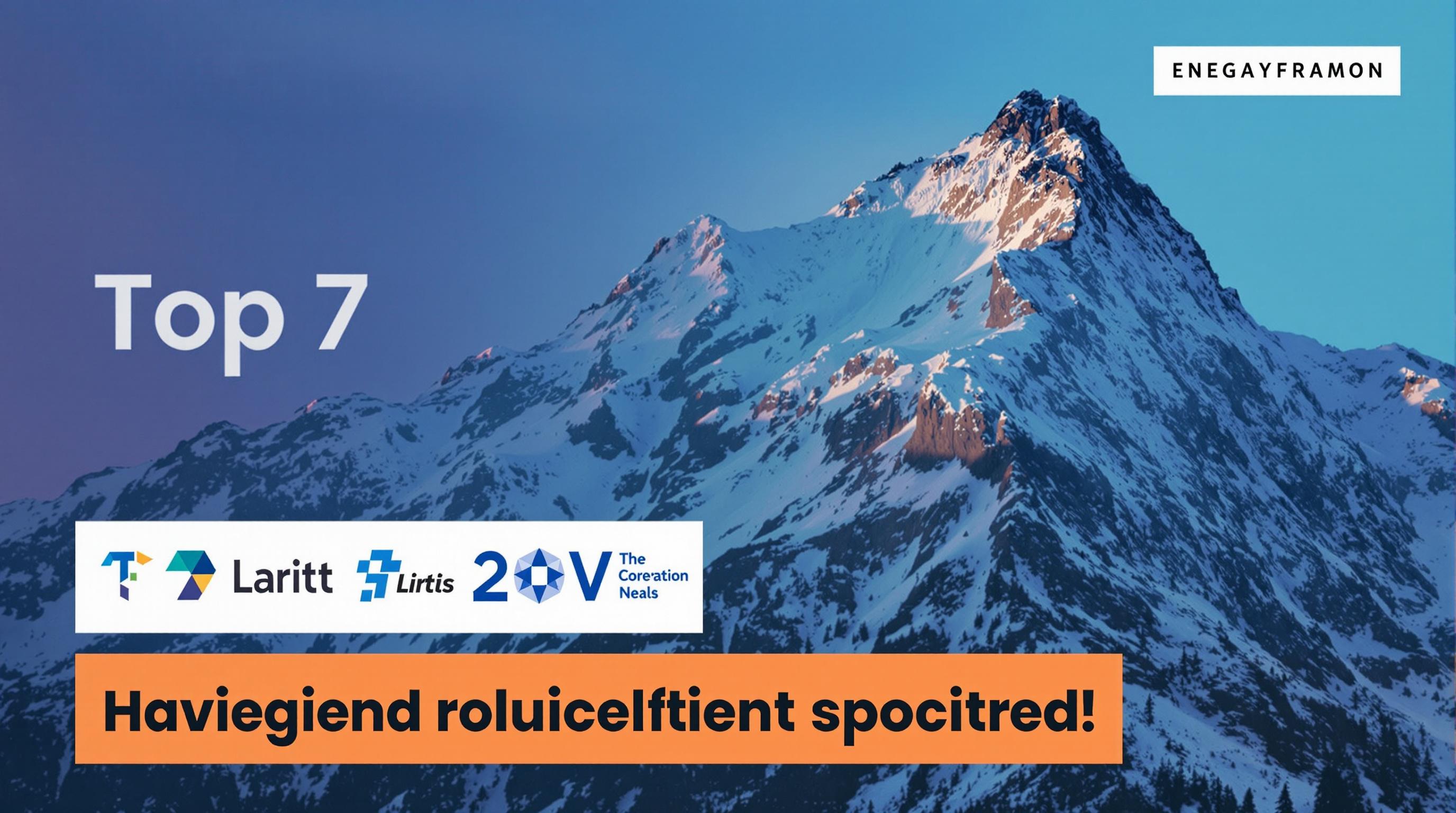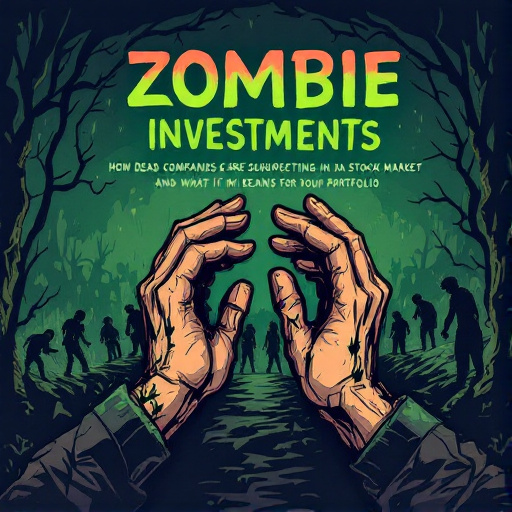Featured Articles
- Ghost Investing: How Haunted Real Estate Could Be Your Next Unlikely Asset Class
- Investing in Chaos: How Political Turmoil Drives Unexpected Market Opportunities
- Investing in Dreamscapes: The Rise of Virtual Real Estate and Its Untapped Value مص
- Investing in the Underworld: How Dark Money Shapes the Future of Finance
- "Investing in Your Future: How Micro-Businesses are the New Gold Mines in a Post-Pandemic Economy"
Investing in Dreamscapes: The Rise of Virtual Real Estate and Its Untapped Value مص
Investing in Dreamscapes: The Rise of Virtual Real Estate and Its Untapped Value مص
Investing in virtual real estate, popularly known as dreamscapes, is a growing trend that promises not only immense financial returns but also an opportunity to shape the future of digital landscapes. This article explores the rise of this innovative market, delving into its untapped value, potential risks, and the reasons why it is becoming a crucial aspect of the modern economy.
The New Frontier: Understanding Virtual Real Estate
Imagine owning a piece of land that exists solely in a digital realm. While it may sound futuristic, virtual real estate is no longer science fiction; it’s a burgeoning market that has seen investments ballooning into billions of dollars in recent years. In 2021 alone, virtual land sales reached an astonishing $500 million, according to a report by NonFungible, signaling that investors are starting to take this trend seriously.
Why Dreamscapes Are Worthy of Attention
At its core, virtual real estate allows investors to engage in a market characterized by creativity and potential. As popular platforms like Decentraland and The Sandbox allow users to buy, sell, and develop parcels of digital land, the potential for economic growth—much like that seen in the physical world—becomes increasingly transparent. A recent survey showed that over 70% of investors believe that virtually developed land will increase in value over the next five years.
Real-life Applications and Opportunities
The applications of virtual real estate are as vast as the imagination itself. From hosting concerts in expansive digital arenas to selling NFT art galleries, virtual spaces offer endless opportunities for creativity and entrepreneurship. For instance, in early 2022, a virtual parcel of land in Decentraland was purchased for a staggering $2.43 million, in what was considered one of the biggest virtual real estate transactions to date. This transaction was not just a simple purchase; it was a fierce competition between brands looking to stake their claim in the digital landscape.
Breaking Down the Demographics
It’s worth noting that the demographics of virtual real estate investors are broad, ranging from tech-savvy teenagers to seasoned investors in their 60s. A 2022 study revealed that 55% of virtual landowners were aged between 18-34, while 30% belonged to the 35-54 age group. This diverse pool of investors indicates a level of inclusivity rarely seen in traditional property markets. Virtual platforms have democratized the ownership of land estates, removing barriers that often accompany physical real estate investments.
Tech Meets Creativity: The NFTs Connection
The integration of NFTs (Non-Fungible Tokens) with virtual real estate is a match made in cyber-heaven. NFTs facilitate the ownership and verification of digital assets, making them an integral part of virtual properties. Investors can create, buy, and sell their unique digital assets, which significantly enhances the value of the land they own. A recent statistic revealed that nearly 40% of virtual landowners also own NFTs, showcasing the interconnectedness of these emerging markets.
Challenges on the Horizon
However, before diving headfirst into the world of dreamscape investing, it’s critical to understand that this market is not without its risks. Volatility can be a significant concern; prices can swing dramatically within a short period. Cryptoslam reported that in October 2022, virtual land prices dropped by more than 50% from their all-time highs, leading some investors to question the stability of this digital domain.
Stories of Success: The Virtual Moguls
While the landscape may be fraught with uncertainties, many have emerged as success stories in this digital domain. Take the case of tokens known as “Metaverse landowners”; they are individuals who have successfully created and monetized experiences within their virtual properties. For example, an entrepreneur showcased a virtual art gallery filled with uniquely designed NFT art pieces, resulting in sales that exceeded $500,000 within his first year of operation. Such success stories serve as encouragement for new investors exploring the possibilities within the virtual realm.
The Role of Community and Engagement
A major factor that contributes to the valuation of virtual real estate is community engagement. Just like physical locations, areas with vibrant communities tend to appreciate at faster rates. In Decentraland, for example, regular events ranging from fashion shows to cryptocurrency conferences are organized, increasing footfall within digital estates. This approach to community-building mirrors the physical world, where proximity to engaging activities and events drives up property prices.
The Power of Branding in Dreamscapes
Notably, branding can play a crucial role in the success of virtual real estate investments. For brands looking to engage younger audiences, virtual environments provide a unique opportunity to enhance their presence and creativity. In 2021, Coca-Cola launched an exclusive NFT auction within Decentraland, capitalizing on the excitement surrounding digital asset ownership. The move generated immense buzz, showcasing how brands could leverage a virtual space to foster customer engagement and loyalty.
The Future Looks Bright: Predictions and Insights
As we look ahead, experts predict that the virtual real estate market will continue its upward trajectory. According to a research firm, by 2025, the market could be valued at over $1 trillion, driven by increased consumer interest and corporate investment. Furthermore, newer technologies like augmented reality (AR) and virtual reality (VR) are set to redefine how we interact with virtual spaces, potentially leading to even greater innovations in this sector.
Final Thoughts: Is Dreamscape Investing Right for You?
Investing in virtual real estate presents an exciting opportunity for those willing to explore this evolving landscape. However, like any investment, it’s essential to conduct thorough research and understand your risk tolerance. Whether you’re a young entrepreneur or someone looking to diversify your portfolio, dreamscapes can be both a fun and rewarding venture if approached cautiously and intelligently.
So, are you ready to take a leap into this digital frontier? Just remember, in the world of dreamscapes, imagination is the only limit.




